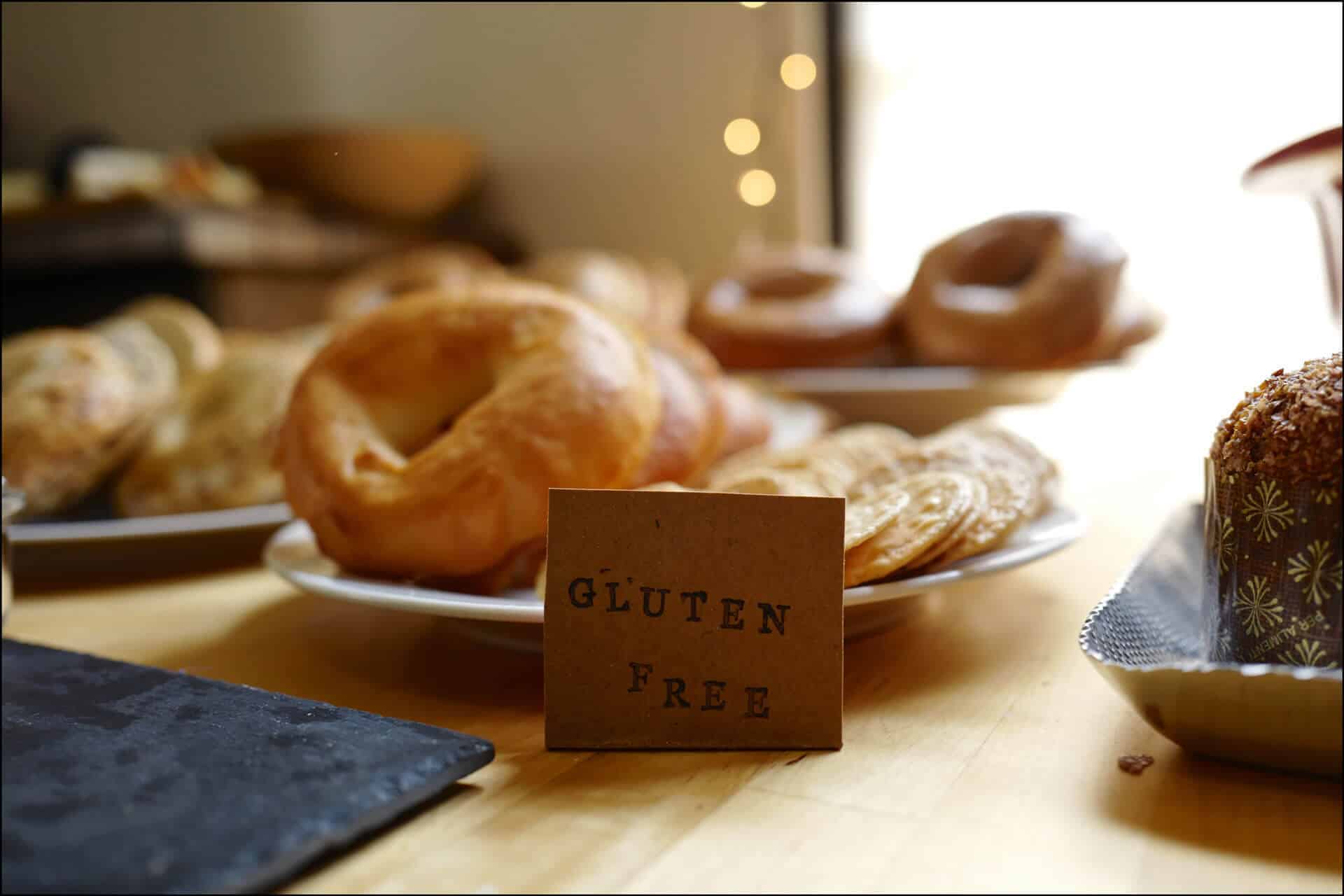When comparing wheat-based and gluten-free baked goods, there are some key differences between flavors, textures, and appearance. It may take some time to adjust to gluten-free baked goods, but you’ll soon come to love the taste, texture, and look of gluten-free bread, cakes, cookies, and desserts.
Flavor Differences
Wheat flour is well known for its consistency. It is consistent in the way it behaves in recipes, the way it looks, and the way it tastes. This is where gluten-free flours have an advantage. All gluten-free flours have a different taste.
Some gluten-free flours are naturally sweet, some are nutty, while others have a strong flavor. When you’re just getting started baking gluten-free, experiment with as many different flours as you can. Be sure to keep notes about which flours you like and which you don’t.
The goal here is to be flexible. Gluten-free recipes won’t taste exactly the same as a wheat flour recipe. Just remember, gluten-free baked goods will taste better than anything made in a factory or mass-produced.
Texture Differences
Gluten-free baked goods don’t have quite the same texture as wheat-based products. However, huge improvements can be made by using combinations of flours and mixing in additives. Measuring according to weight and not volume also helps.
Here are some tips to help you get the best texture from your gluten-free baked goods:
- Some brands of gluten-free flours, like brown rice flour, can have a slightly gritty texture, while others, like sweet rice flour from Asian markets, are very fine-textured. Other flours such as corn flour, teff flour, and quinoa flours are all a bit gritty. You’ll need to grind them finely in a food processor to produce a finer texture.
- Some gluten-free baked goods can be denser than their wheat counterparts. However, many of the newer gluten-free recipes are remarkably light. To account for this fact, bake recipes that are naturally denser. Whole-grain bread will always be denser than plain white bread. It is also healthier for you and has more fiber and vitamins.
- Eat gluten-free bread and rolls warm. Nothing is better than eating gluten-free bread fresh from the oven. You can also reheat your gluten-free bread before serving to improve the texture and flavor.
- If you’re not completely satisfied with the texture of your gluten-free baked goods, try freezing them. Freezing will firm the structure and help keep products moist for a longer period of time. Some gluten-free desserts, such as brownies and cookies, taste amazing when frozen then partially thawed.
Visual Differences
Most gluten-free baked goods look a little bit different than wheat baked goods. The breads usually don’t rise quite as high, and cookies and other desserts may be flatter. The browning is also a little bit different, but you will be surprised at how appetizing gluten-free treats can look.
The crumb of gluten-free breads and cakes is comparable to their wheat counterparts. Gluten-free pie crusts are just as flaky and cookies can be a beautiful golden-brown.
Here are some tips to help you improve the look of your gluten-free baked goods:
- Brush doughs and batters with a beaten egg or any kind of milk before you put them in the oven. This will give you a more evenly browned look.
- When making rolls or biscuits, use muffin tins or baking rings to help these softer batters and doughs hold their shape.
- Use an ice cream scoop to help shape cookies and rolls. Remember, a thicker batter or dough will produce a puffier product.
Top Flours for Gluten-Free Bread
When it comes to gluten-free bread, there is an assortment of flours to choose from.
Here is a quick overview of some of the top flours for gluten-free bread:
- Amaranth Flour: This flour is technically a pseudocereal and not a grain. It features a nutty, earthy flavor and tends to take on the flavor of other ingredients. It can be used to replace 25% of wheat flour in a recipe and it is best when mixed with other flours.
- Almond Flour: This flour consists entirely of finely ground almonds and is one of the top gluten-free flours for all sorts of baking. In most situations, it can replace wheat flour at a 1:1 ratio, but be sure to add an extra egg. The end product will finish a little bit denser.
- Buckwheat Flour: This type of flour comes from a pseudocereal and has a rich earthy flavor that is excellent for bread. However, it can be a bit crumbly, so it is best when combined with another gluten-free flour.
- Arrowroot Flour: This flour is technically more of a starch than a flour and is very versatile. It mixes perfectly with almond flour, coconut flour, and tapioca flour.
- Coconut Flour: This flour is derived from dried coconut meat and has a mild coconut flavor. It has a similar texture to wheat flour and is great for bread. Keep in mind that it also absorbs a lot more moisture than other gluten-free flours.
- Cassava Flour: This flour is the most similar to wheat flour of all the gluten-free flours. It comes from grating and drying the cassava root. It is neutral to digest and can be substituted for wheat at a 1:1 ratio in most recipes.
Outrageous Baking Gluten-Free Flour Blend
We researched and experimented to create the best gluten-free flour blend. It is non-GMO, tastes amazing and has a similar texture to wheat flour. We use our unique GF flour mix in all of our gluten-free baked goods and you can buy it at our online store.
Gluten-Free Treats
Let us do the baking for you. You’ll be happy to learn that at Outrageous Baking we have plenty of gluten-free breads baked with love just for you. From our best-selling cinnamon coffee cake to our moist chocolate zucchini bread, all of our gluten-free products are moist and delicious, and prepared fresh just for you.
Visit our store today and find some gluten-free treats that your whole family will enjoy.


